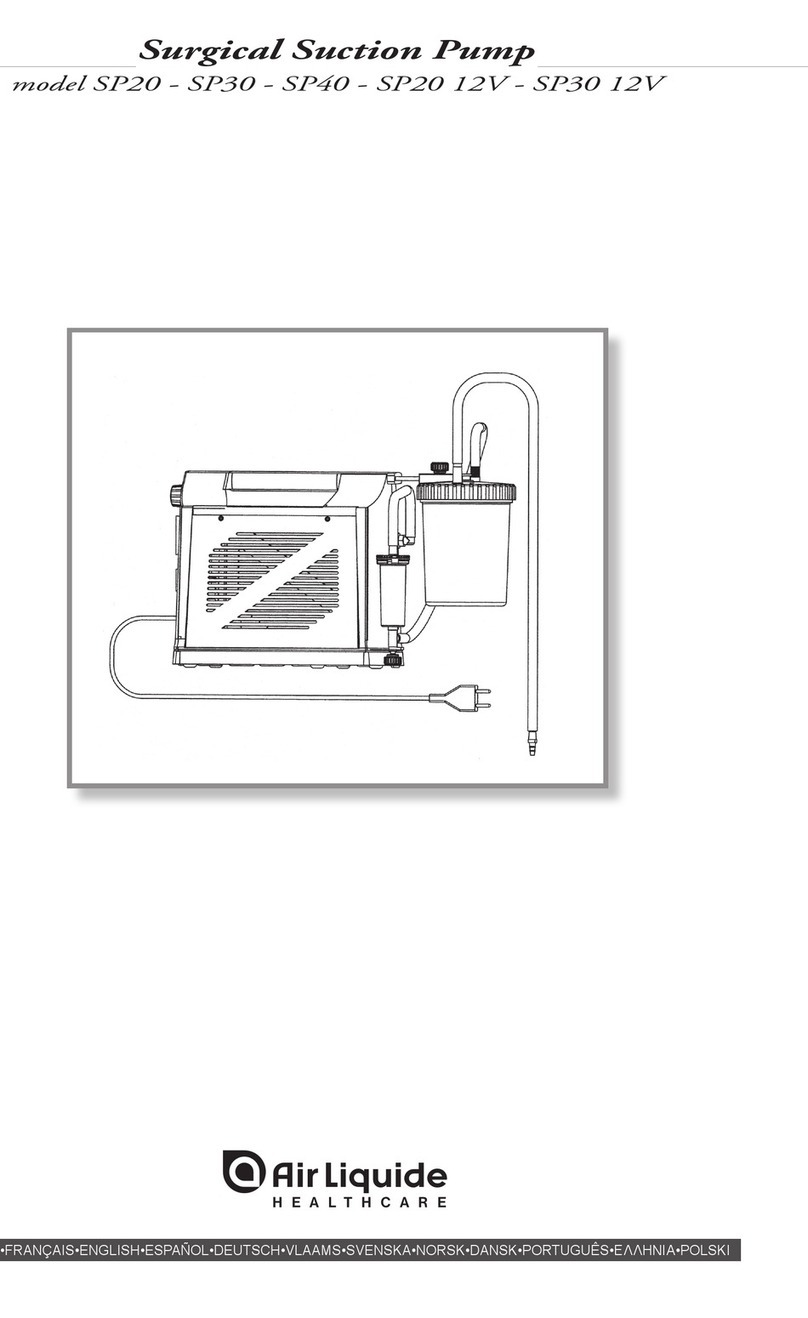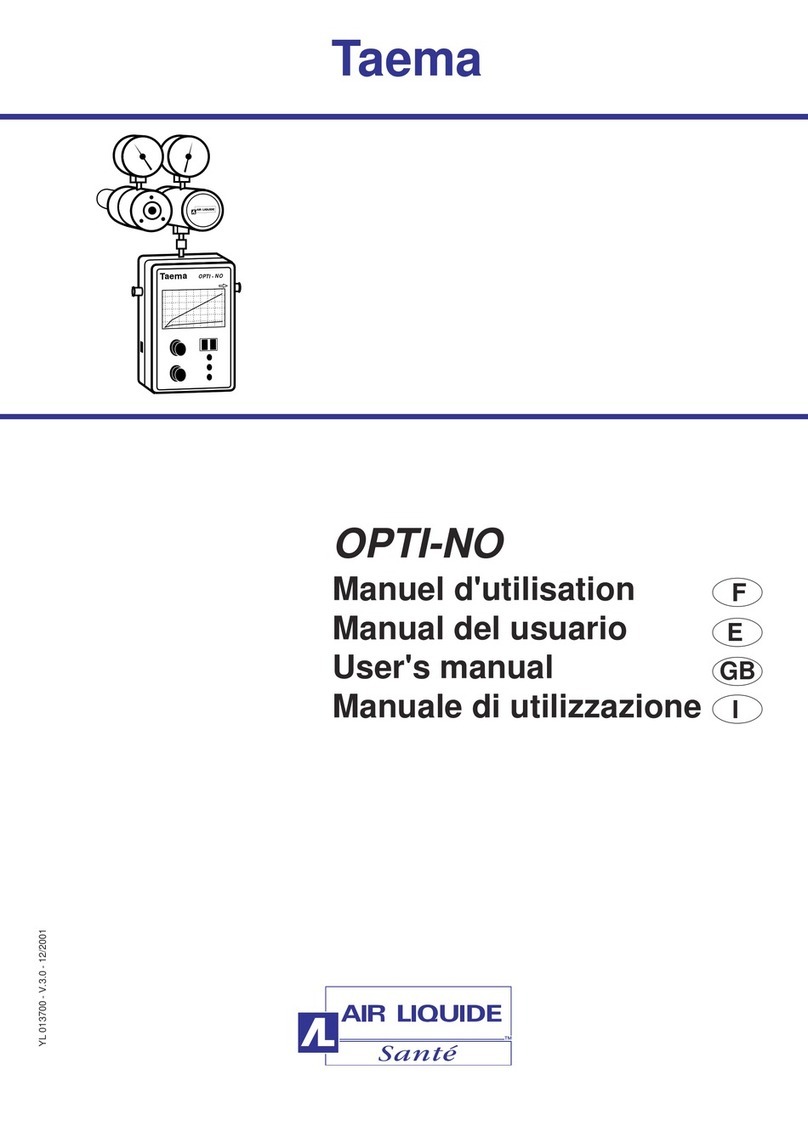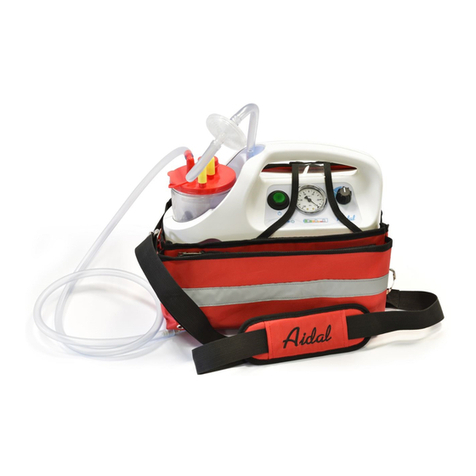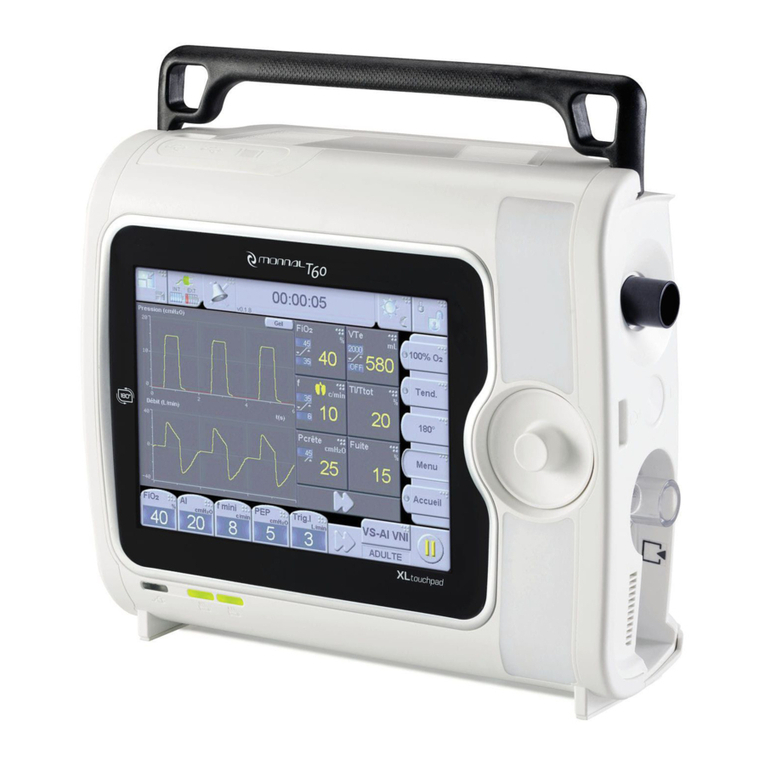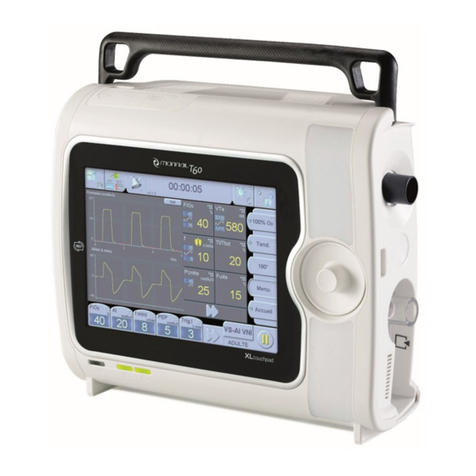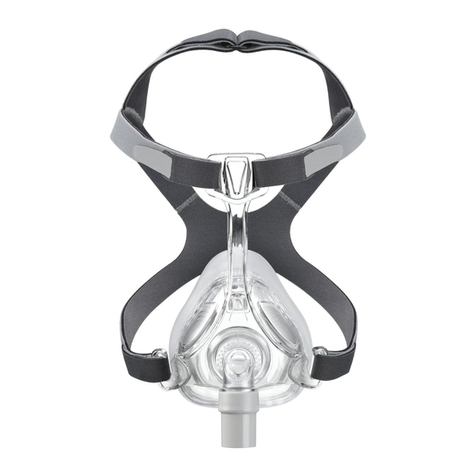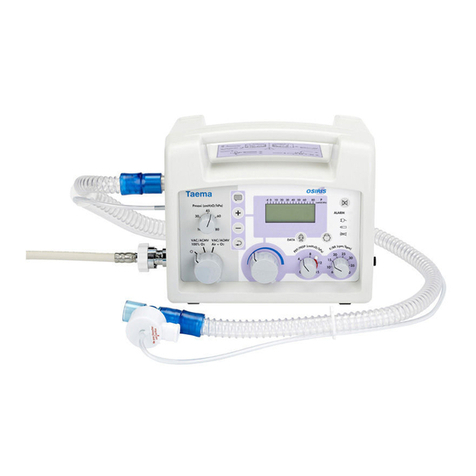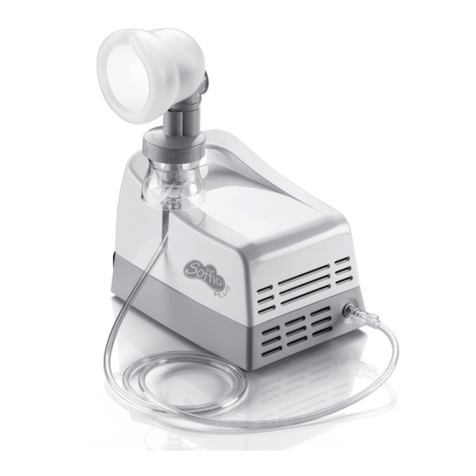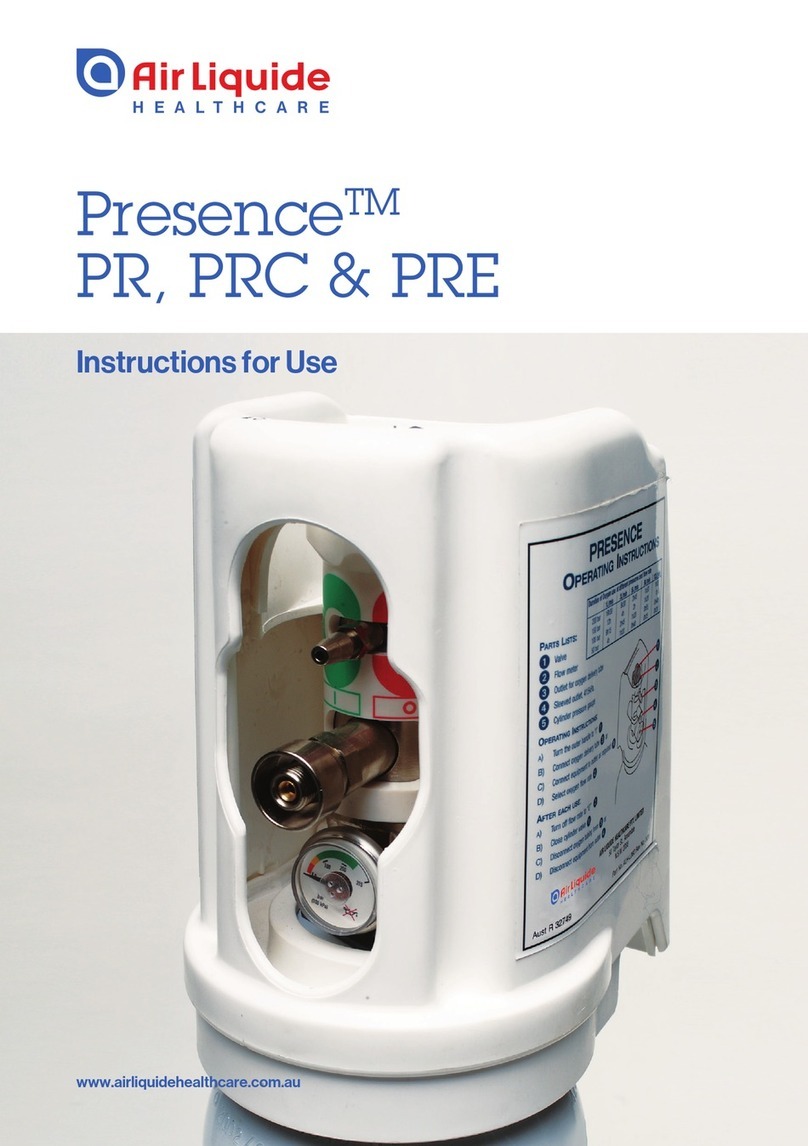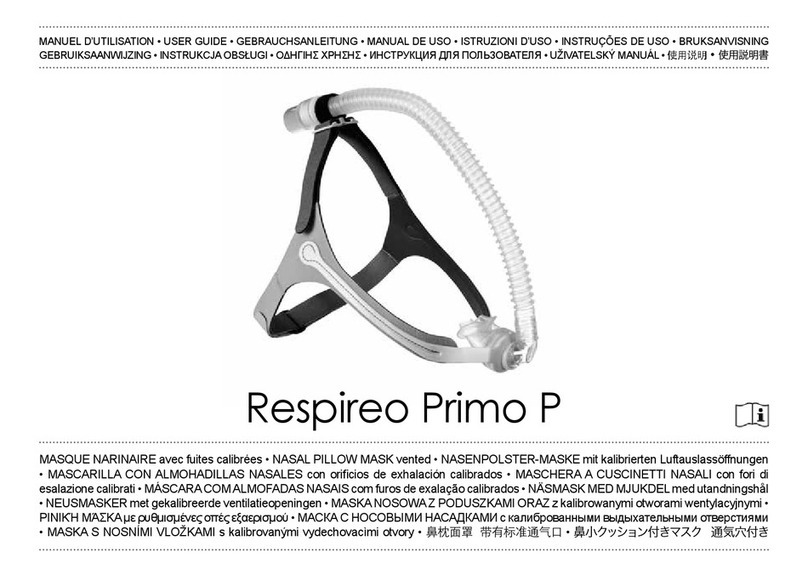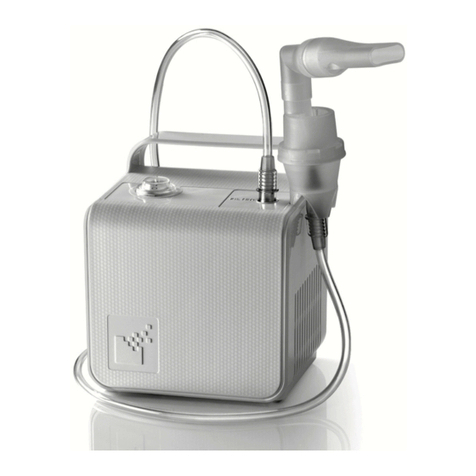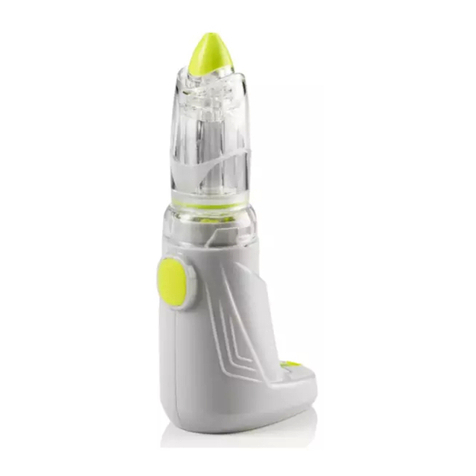
Home Oxygen Safety (cont.)
Electronic Cigarettes and Other
Personal Electronic Devices
Electronic cigarettes (e-cigarettes) are battery
powered tobacco replacement products
which use a heating element (atomiser) to
produce a vapour which resembles smoke.
A number of incidents have been reported
across the UK involving e-cigarettes that
have exploded or ignited to cause a re
while recharging or in use in an oxygen rich
environment. It is recommended to only buy
e-cigarettes and chargers from new and from
reputable sellers that feature safety markings.
Other personal electronic devices that require
charging of their lithium ion batteries include
mobile phones, laptops, tablets, cameras,
e-bike batteries etc. All these devices must be
charged away from the area where oxygen
is used and stored. All personal rechargeable
electronic equipment should be visually
inspected prior to use and found to be free
from defects, cracks, damaged cables, burn
marks.
NEVER use e-cigarettes while using oxygen.
ALWAYS charge your personal electronic
devices away from the area where oxygen is
used and stored and NEVER in an oxygen-rich
environment.
Oxygen Saturation
(Enrichment)
Oxygen itself does not burn, but it does help
a re to start and to keep burning. If air is
enriched with increased levels of oxygen, there
is a chance that a re will start and spread
more quickly, and continue to burn hotter and
faster.
Because oxygen can build up unnoticed and
saturate our surroundings, home oxygen users
are at greater risk from their clothing, bedding,
furniture and hair catching re if they smoke,
or if other people smoke in close proximity
to them. In oxygen-rich areas, fabrics, wood,
paper and other materials which normally
do not burn easily in air could suddenly catch
re on contact with a small spark from a lit
cigarette or electronic cigarette.
Because of this, you should:
lALWAYS turn o your oxygen equipment
when your child is not using it
lALWAYS use or store your oxygen
equipment in a well ventilated area
lNEVER place your oxygen equipment near
curtains or cover it with coats, blankets
or other materials that may restrict the air
circulation around it
lNEVER leave the cannula or mask on the
bed or chair when your oxygen equipment is
switched on
lVentilate any clothing or bedding, where it
is suspected that it has become saturated
with oxygen, to ensure that any oxygen
enrichment is cleared. It can take at least 15
minutes to adequately ventilate clothing or
30 minutes to ventilate bedding before it is
safe to approach with a source of ignition
Home Safety Visit
As your child is an oxygen user you may
receive a home safety visit from your local
Fire and Rescue Service. They can help you
manage any risks and plan how to evacuate
the building in the event of a re. The Fire and
Rescue Service will oer safety advice at your
premises and where appropriate they may
install/deliver suitable equipment for safety.
If you are contacted by them it is important you
allow them to visit your home. Your clinician
may consider removing the oxygen equipment
if you fail to cooperate with the Fire and
Rescue Service.
8
Customer Service Team Helpline 0808 143 9991
